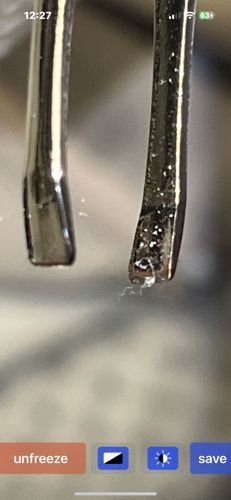Spider Mite (Tetranychus urticae)
Scientific Name: Tetranychus urticae
Order & Family: Trombidiformes, Tetranychidae
Size: (0.2-0.5 mm)

Natural Habitat
Found on the undersides of leaves of various plants, both indoors and outdoors. Thrive in hot, dry conditions.
Diet & Feeding
Feeds on plant cell contents by piercing leaf cells with their mouthparts, leading to stippling (tiny yellow or white spots) on leaves.
Behavior Patterns
Spider mites are known for spinning fine silk webs, especially when infestations are severe. They reproduce rapidly, leading to quick population growth. They undergo several nymphal stages before reaching adulthood.
Risks & Benefits
Spider mites are significant agricultural and horticultural pests, causing damage to a wide variety of crops and ornamental plants. Severe infestations can lead to defoliation and even plant death, posing a major risk to plant health and agricultural productivity. There are generally no benefits to humans or ecosystems, other than serving as a food source for some predatory mites and insects.
Identified on: 9/17/2025